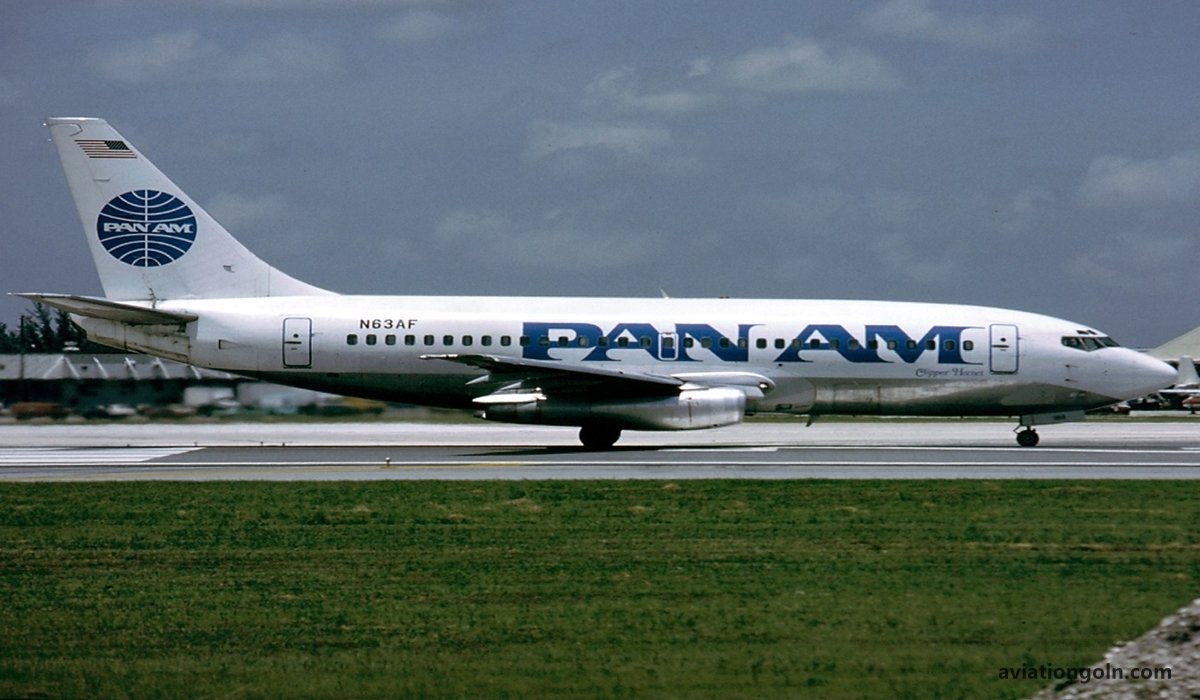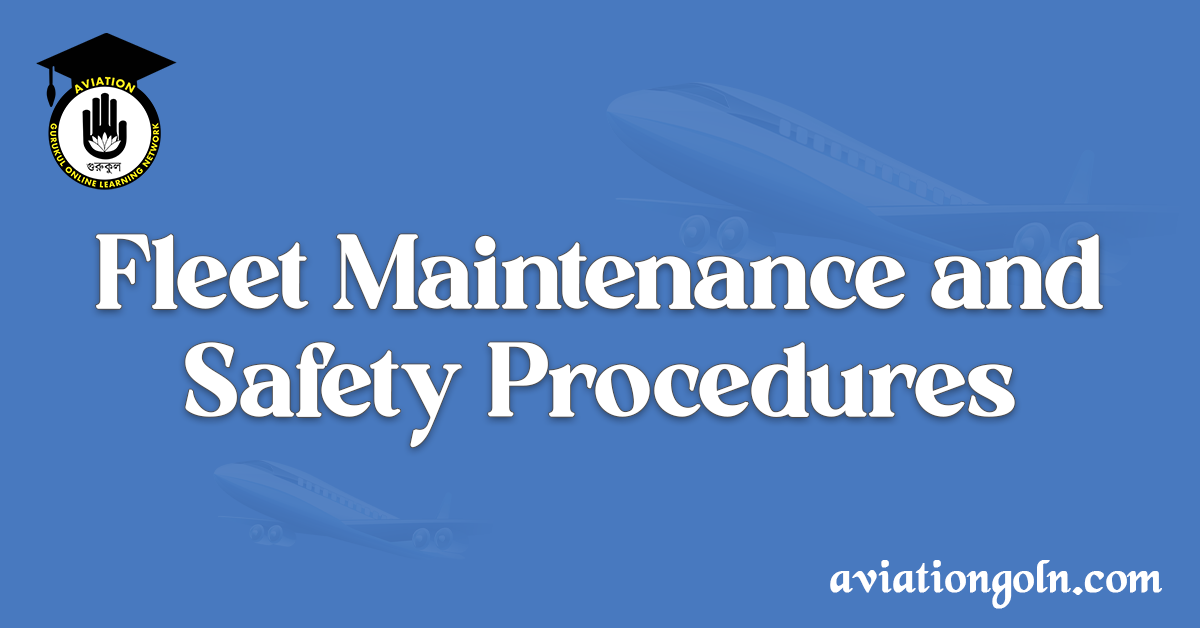Fleet Maintenance and Safety Procedures: The aviation industry is one where safety and efficiency cannot be compromised. The backbone of this industry is the fleet of aircraft that airlines operate. Ensuring these aircraft are in top condition is a complex, yet crucial, process known as fleet maintenance. When executed meticulously, fleet maintenance not only ensures passenger safety but also plays a pivotal role in the overall management and profitability of an airline.
Fleet Maintenance and Safety Procedures: Airline Fleet Management

1. The Importance of Fleet Maintenance
A well-maintained fleet:
- Ensures Safety: The primary objective is to guarantee the safety of the passengers, crew, and people on the ground. Any equipment failure in the air can lead to catastrophic consequences.
- Enhances Performance: Regularly serviced aircraft operate more efficiently. They are less likely to face unscheduled downtimes, leading to better on-time performance.
- Extends Aircraft Lifecycle: Consistent maintenance can significantly prolong the useful life of an aircraft, ensuring better ROI for the airline.
- Saves Costs: Addressing issues early can prevent expensive major repairs in the future. Moreover, a well-maintained fleet can lead to fuel savings due to efficient operation.

2. Components of Fleet Maintenance
Fleet maintenance is not just about fixing issues as they arise; it’s a holistic approach that encompasses several components:
- Routine Checks: Depending on aircraft usage, daily or weekly checks are executed to ensure everything is in working order.
- Scheduled Maintenance: These are periodic, in-depth checks that occur after a certain number of flight hours or calendar months, depending on the aircraft and its usage.
- Predictive Maintenance: With the advent of technology, sensors, and advanced monitoring tools, many airlines are now predicting when components might fail and address them before they become critical.
- Reactive Maintenance: Despite all precautions, unexpected issues can arise. Reactive maintenance addresses these unforeseen problems.

3. Safety Procedures in Fleet Management
Given the critical nature of the aviation industry, safety procedures are paramount:
- Regular Training: Maintenance staff should be regularly trained on the latest techniques, tools, and technologies.
- Documentation: Every task, no matter how minor, should be documented. This aids in keeping a history of all actions taken on an aircraft, which can be crucial for future reference.
- Use of the Right Tools: Technicians should always have access to the right tools and parts for the job. Using makeshift or inappropriate tools can lead to complications.
- Communication: Open channels of communication between pilots, crew, and maintenance teams ensure that any concerns or observations are promptly addressed.
- Safety Gear: Maintenance staff should always use appropriate safety gear, from helmets to harnesses, when working on aircraft.

4. Technological Innovations in Fleet Maintenance
The aviation industry has benefited immensely from technological advancements:
- Digital Twin Technology: This creates a virtual replica of physical assets, allowing technicians to simulate scenarios, predict failures, and test solutions.
- Drones: Drones are used for visual inspections of aircraft, especially in areas that are challenging for humans to access.

- Advanced Sensors: They monitor various components of the aircraft in real-time and provide valuable data that can be used for predictive maintenance.
- Artificial Intelligence and Machine Learning: These technologies help in analyzing vast amounts of data collected from sensors, aiding in predictive maintenance and reducing downtime.

5. Environmental Considerations in Fleet Management
Modern fleet management also emphasizes eco-friendly operations:
- Fuel Efficiency: New engine technologies and regular maintenance contribute to better fuel efficiency, leading to reduced carbon emissions.
- Aircraft Recycling: Older aircraft are decommissioned and recycled, ensuring minimal waste and repurposing of materials.
- Noise Reduction: Advances in engine design and maintenance practices have led to quieter aircraft, reducing noise pollution around airports.

6. Challenges in Fleet Maintenance
- High Costs: Aircraft parts and specialized tools are expensive. Training staff on new technologies and maintaining certifications also adds to the costs.
- Shortage of Skilled Technicians: The aviation industry often faces a shortage of trained technicians, leading to overworked staff and potential oversights.
- Regulatory Changes: The aviation industry is heavily regulated, and changes in international or local regulations can often necessitate overhauls in maintenance practices.

7. Best Practices in Airline Fleet Management
For effective fleet management:
- Plan Proactively: Do not wait for problems to arise. Schedule maintenance tasks, predict potential issues, and address them proactively.
- Invest in Training: Ensure that the maintenance team is always updated with the latest knowledge and skills.
- Leverage Technology: Use advanced tools, sensors, and AI to stay ahead of potential issues.
- Maintain Open Communication: Foster a culture where concerns, observations, and feedback are openly shared and addressed.
- Stay Updated with Regulations: Always be aware of local and international regulations and ensure compliance.

Airline fleet management is a multifaceted process that goes beyond just repairing aircraft. It’s about ensuring safety, efficiency, and sustainability in operations. With technological advancements, the industry is poised to become even more efficient. However, the core principles remain the same: prioritize safety, invest in people and tools, and stay proactive. The airlines that master these principles will not only ensure the safety of their passengers but also position themselves for success in a competitive industry.
